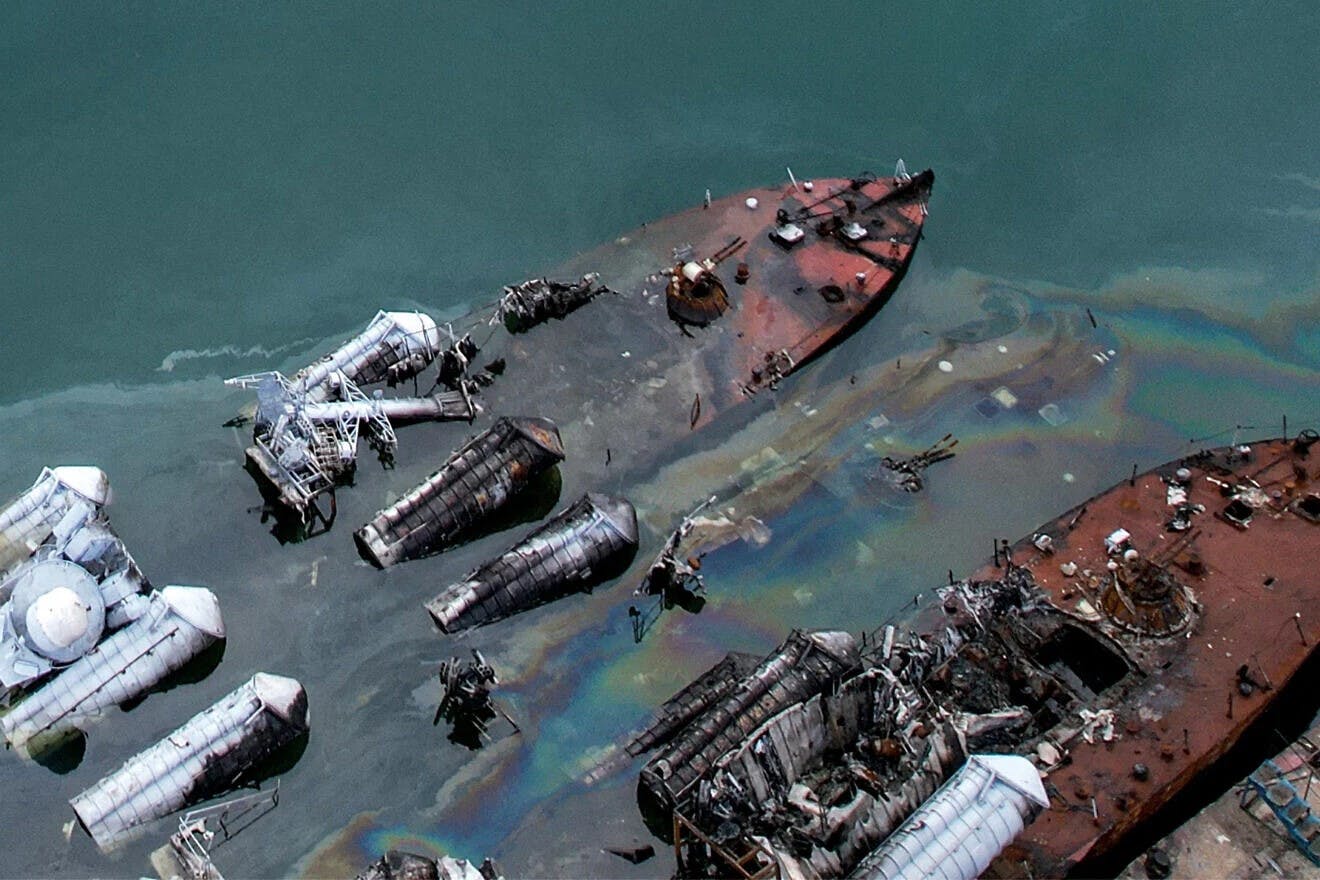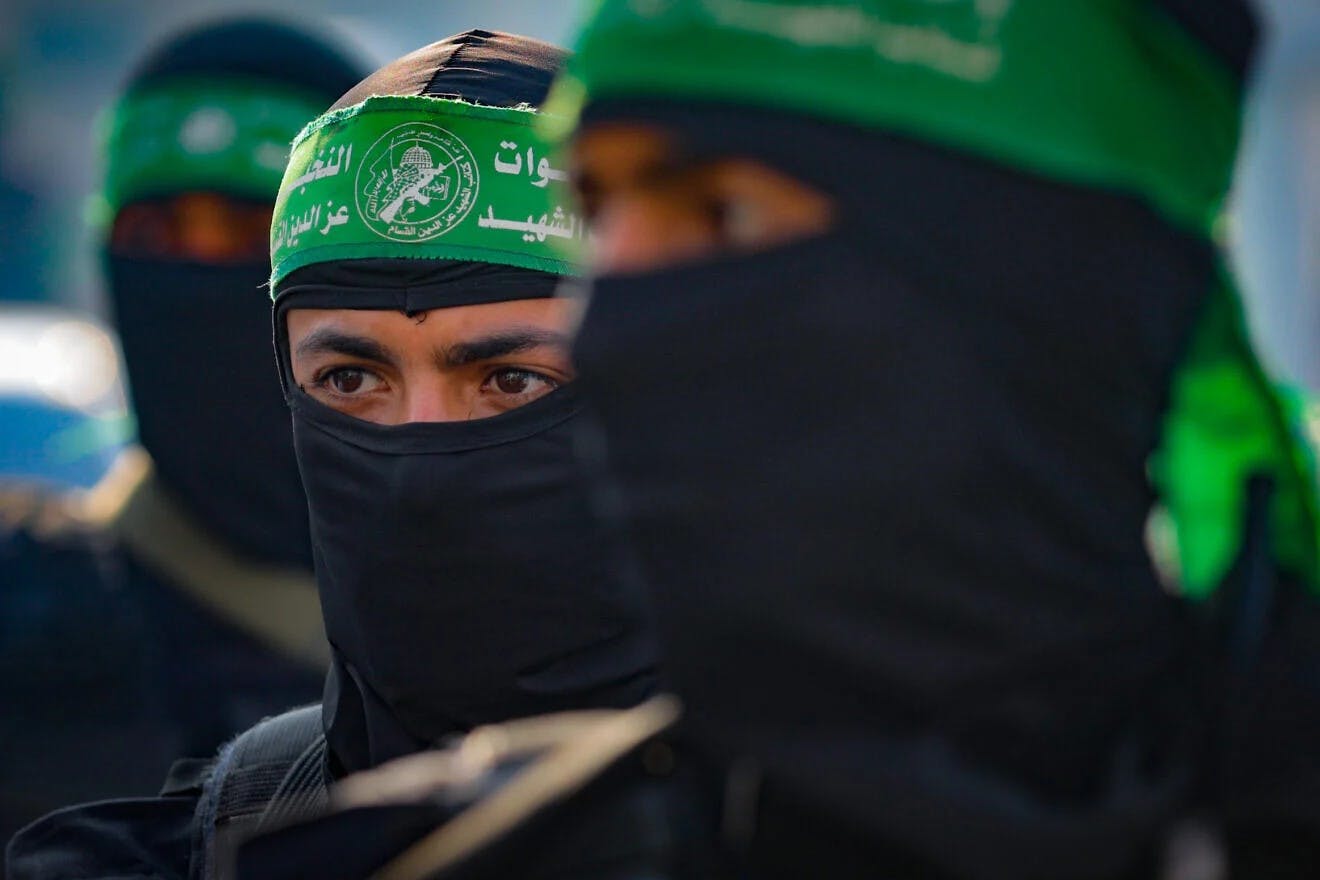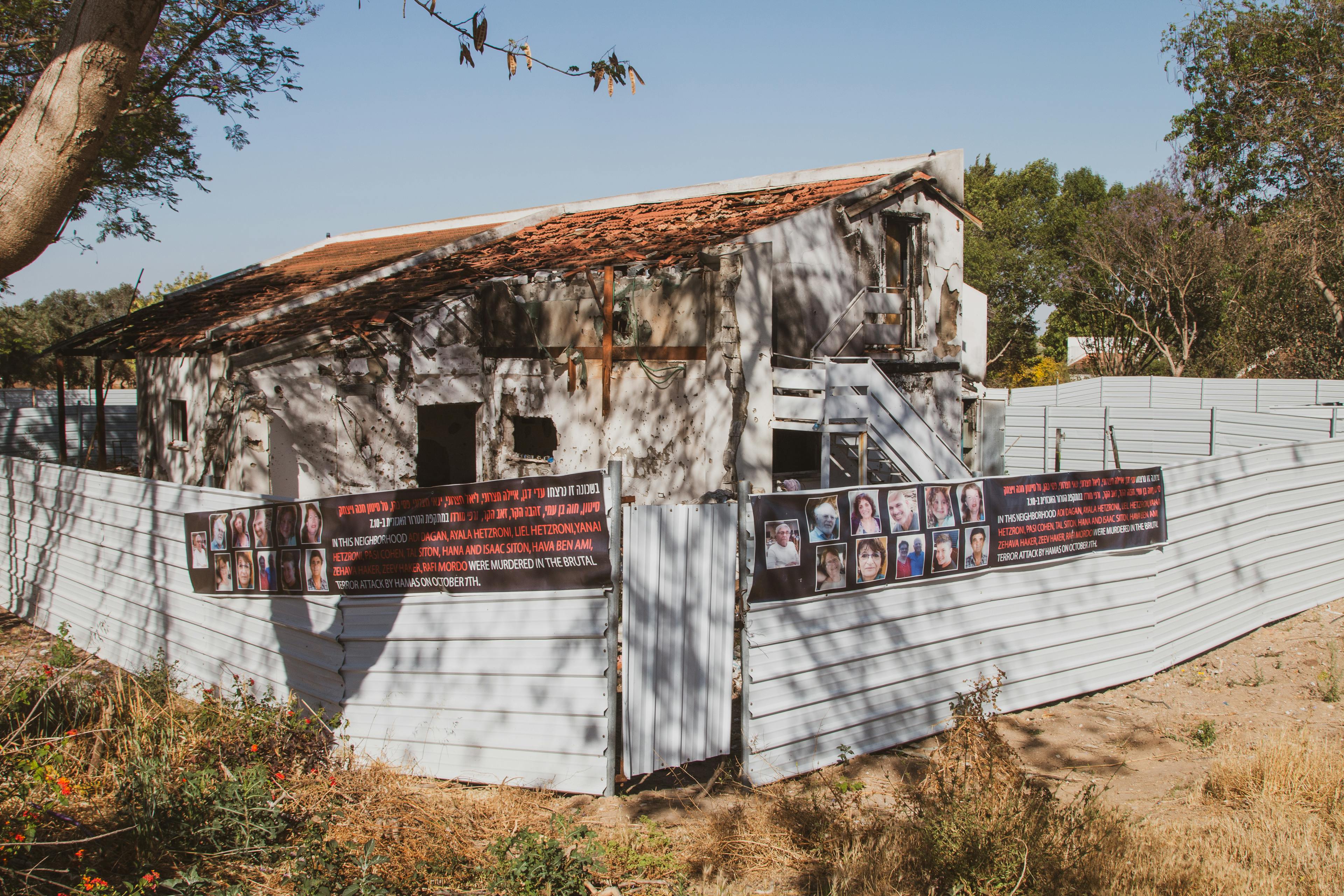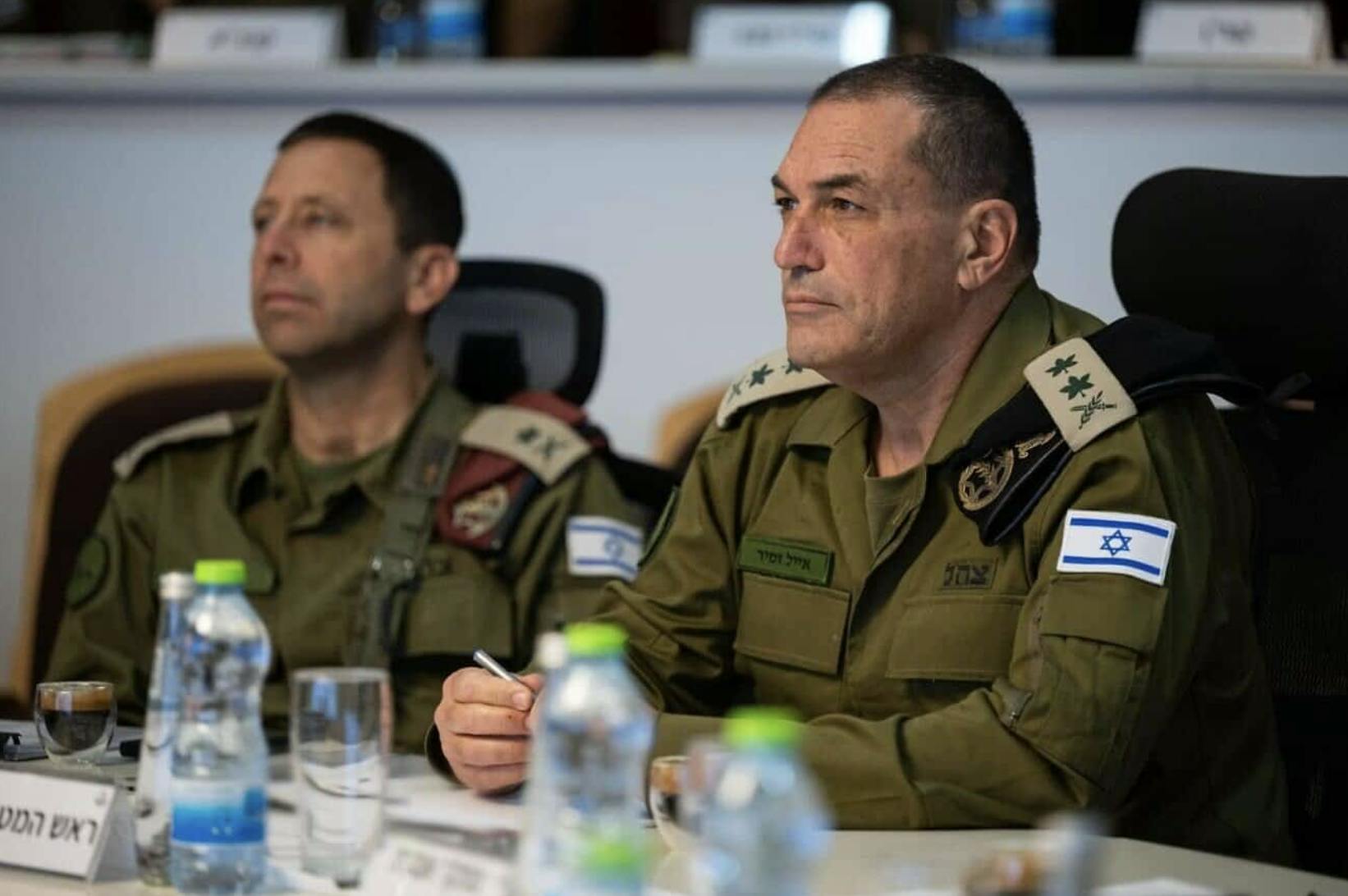How Israel Destroyed Assad’s Syrian Navy


Monday, 21 April 2025 | In Israeli Navy textbooks, the “Battle of Latakia” during the early hours of the 1973 Yom Kippur War is a staple of military heritage. Israeli missile boats sailed to the northern Syrian port and sank five Syrian warships, returning unscathed. It was the first historical engagement in which both sides used surface-to-surface missiles.
“It was a historic battle,” emphasized Col. (res.) Udi Erel, then a young captain and operations officer of Flotilla 3, which carried out the mission.
“Two hours of fierce exchanges that established a 1973 wartime fact–any Syrian or Egyptian vessel that entered the sea never returned to port.
“The Navy relies heavily on past traditions. Once, in such victories, it was customary to place a broom atop the mast to symbolize that the sea had been ‘swept clean.’ But the flotilla commander, Micha Ram, refused out of respect for the enemy and to signal that the mission was not yet complete,” said Erel.
Amid the chaos of the Swords of Iron War in Gaza, the “Arrow of Bashan” operation launched on December 8, 2024, after the fall of the Syrian regime, has nearly faded from public memory.
Fearing that strategic Syrian weapons left behind would fall into hostile hands, a joint operation was launched involving ground, naval, and air forces, ultimately neutralizing 80 percent of the capabilities left by Assad’s military.
As part of the operation, Flotilla 3 returned to Latakia, the site of its Yom Kippur War legacy, and sank 15 vessels that carried weaponry that could have posed a serious threat to Israeli national security.
“In the end, we’re walking in the paths of our predecessors,” said Maj. T., commander of Israeli Navy ship INS Yaffo, which took part in the operation.
“I spoke to the sailors before the mission about the Battle of Latakia, because without historical awareness, we are nothing. Just as the IDF 7th Armored Brigade draws strength from the Battle of the Valley of Tears [on the Golan in 1973], we too must know our past. In the end, it’s the spirit that wins battles.”
Maj. T. welcomed us aboard the Yaffo. Just 28-years-old, he took command eight months ago.
With him were two strike officers from neighboring vessels in the flotilla who had participated in the operation: Lt. T. from INS Herev, who had still been in naval officers’ training when the war erupted and found himself at sea by October 8; and Lt. G., 24, who had joined INS Kidon only a week before the war began.
“I didn’t even know the names of the sailors,” she said, laughing.
Lt. T., 23, related, “When I first went out to sea, I still didn’t know the fate of two classmates who were at the Nova music festival and listed as missing. We returned from the mission after a week, and I immediately called my sister. She told me their bodies had been found.
“Throughout the war, we kept thinking about how to maintain our combat intensity while staying connected to home.”
The missile boat flotilla based in Haifa includes Saar 4.5-class missile boats, the smallest and oldest of the fleet, with the first of its type launched in the early 1980s. Measuring 61 meters [200 ft] in length and housing about 60 crew members, it’s mainly used for ssions [sic].
Then there’s the Saar 5-class ship, in service for about 30 years, 85 meters [279 ft] long and considered multi-mission. But the standout vessel is the futuristic Saar 6, just six years into service and resembling a spaceship at 89 meters [292 ft] in length.
“The Saar 6 is the crown jewel,” admitted strike officer Lt. T., aboard the Herev, one of the older models. “They’re the newest and primarily used for defense, but when we head to sea, each ship has its own specific mission.”
Strike officers are responsible for the ship’s precision weaponry, arms capable of engaging distant targets. During the war, ships often made the long journey from the north to the Gaza Strip to guard gas rigs. It was non-stop.
“Imagine being a combat sailor in the flotilla, exposed to four different combat arenas and having to master them all,” said Maj. T. “There’s no debating professionalism here. Our ability to reach every front demands mental flexibility from each fighter.”
The Window of Opportunity
Operation “Arrow of Bashan” in Syria caught the sailors completely by surprise. Nothing indicated that an offensive in enemy territory was imminent, except at the highest levels of the military, where concern over the collapse of Bashar Assad’s regime emerged in early December.
The greatest fear was the unknown. Israel’s security establishment had no idea how Syria’s new leadership would view Israel, particularly since the rising figure in Damascus, Ahmad al-Sharaa, had a jihadist [Muslims who struggle in a holy war with unbelievers] past and deep ties to the terrorist organization Al-Qaeda.
“The operation started as a surprise,” confirmed Lt. Col. D., head of Naval Superiority, responsible for coordinating firepower and strike planning. “The operations director at Navy HQ called us all in on Friday for a situational briefing after the coup began.
“We pulled out contingency plans listing all strategic weapons that could fall into hostile hands. My division handles precise targeting—where to strike, how—and we coordinated with the IDF General Staff and Military Intelligence’s Operations Division.”
What Was the Threat Posed by the Syrian Navy?
“Missile boats that could fall into hostile hands. Each missile on those ships carries dozens of kilograms of explosives and could pose a threat to Israeli civilian or military vessels. The fall of the regime opened a brief window of opportunity to remove that threat.”
On Saturday, Navy HQ continued working on the strike plans. On Sunday morning, December 8, an order went out to Flotilla 3: within hours, they were to head to Latakia port in northern Syria to destroy Syrian vessels deemed a threat to national security.
“INS Kidon was in a ‘stand-down week,'” said Lt. G. “Every so often, a ship docks for maintenance that can’t be done during normal operations. Ours was mid-refit, the kitchen had been removed for replacement. Then Sunday morning, we got the order: ‘You’re sailing this afternoon.’”
Lt. G. was aboard the Kidon reviewing the target sheet. “I knew what each target was and where it was docked,” she said. “I sat with the mission commander and my controller, and we planned the best execution method.”
Operation “Arrow of Bashan” concentrated primarily on the military port in Latakia and the nearby Mina al-Bayda port. Fifteen vessels were targeted, some of them Osa 2-class missile boats, others Tir 2-class Iranian-manufactured ships modeled on a North Korean missile boat design.
The primary concern was that among the weapons onboard were Noor missiles with a range of 200 kilometers [124 miles] and Styx missiles with a 90-kilometer [56 miles] range, which could end up in the wrong hands.
In the afternoon hours, Flotilla 3 set sail, heading north in a secure and quiet formation. On the way, they could see the lights of Lebanon, and even Cyprus didn’t seem far. At the time, Russian vessels were also docked at Tartus port, just south of Latakia, a base used mainly for maintenance.
“When you’re sailing through a hostile area, there are threats I can’t even talk about,” said Maj. T., commander of the Yaffo. “We know we’re being targeted, and every fighter heading out to sea understands that returning home is not a given.”
Joint Force
During the voyage, a new directive was issued: before striking the Syrian vessels, the flotilla would need to take out surface-to-air missile systems scattered throughout the area, to create an aerial corridor for Israeli Air Force jets that would simultaneously strike in Syria.
“We created a fusion of sea, air, and ground forces that was a game-changer, a new X-factor in combat,” said Maj. T. “This cooperation played out in corridor openings, targeting terrorists, and everything you can imagine.”
The missile boats struck the surface-to-air batteries. Then the fighter jets flew in through the corridor, hitting missile warehouses and launchers positioned onshore and threatening Israeli vessels. With air defenses down, all was ready for the operation’s grand finale—sinking the Syrian navy fleet.
On Monday, December 9, around 6 p.m., under the cover of darkness, 15 Syrian vessels were destroyed in the ports of Latakia and Mina al-Bayda.
Lt. T., the strike officer aboard INS Herev, recalled the exact moment when the missiles left the ship en route to their targets. “Everything went by the book,” he said.
Two Hours Ashore
While the operation was underway, Israel Navy Commander Maj. Gen. David Saar Salama and other senior officers were in the control center monitoring real-time assessments. It quickly became clear that the hits were precise and the mission goals were achieved.
“To all our forces, at sea and onshore, I want to express my deep appreciation,” Salama said over the communication system as the ships sailed back. “It was executed professionally.”
“For us, the mission went smoothly,” said Lt. Col. D., head of Naval Superiority, who had overseen the operation remotely. “We had the honor of being part of history, of eliminating 80 percent of the Syrian military’s capabilities.”
By Tuesday morning, the vessels reached Haifa port, where top brass awaited them. “Navy Commander Salama greeted us and commended the clean execution,” Maj. T. recalled. ” We refueled, grabbed two crates of fruits and vegetables, and set out again on a defense mission. We were ashore for less than two hours.”
For the Israeli Navy, this war has meant non-stop operations. There’s no downtime, no rotations. It’s simply from one mission to the next.
“There are fighters who’ve been aboard the ship since before October 7, and they’ve been here the entire war,” said Maj. T. “Some were fresh high school graduates at the start. We don’t have a reserve force that rotates in to replace us.”
Staying under the Radar
Unlike the many heroic stories that surfaced during the war, the Israeli Navy largely stayed in the shadows, maintaining secrecy. Even in this interview, the information had to be extracted gently. Lt. G. even shared that her own family barely knew what a major operation she had taken part in.
“Honestly, I was a bit disappointed that the operation’s story was published,” she admitted. “It’s important to keep our capabilities quiet, so we can use them again.
“On the other hand, people rarely hear about the Navy, and it’s important to give our sailors the recognition they deserve.”
These young officers will eventually learn that such stories are the building blocks of legacy, and that even closely guarded secrets sometimes make their way into the headlines.
“They’re amazing, and what they did was amazing,” said Col. Erel, who fought in the 1973 Battle of Latakia. “It was a clean, professional strike with short notice. True, in our time we were under direct fire, but the surgical precision won out in both cases.”
Maj. T., agrees. He’s certain that one day, this operation will be taught to new recruits. “It’s our job to ensure this mission is firmly anchored in the Navy’s heritage. Just as they spoke to us about the history of the Navy and how it achieved superiority during the Yom Kippur War, I believe that in 20 years, they’ll know exactly what we did.”
Originally published by Israel Hayom.
(This article was originally published by the Jewish News Syndicate on April 20, 2025. Time-related language has been modified to reflect our republication today. See original article at this link.)
https://www.jns.org/how-israel-destroyed-assads-syrian-navy/




